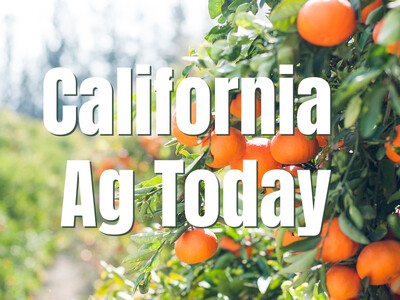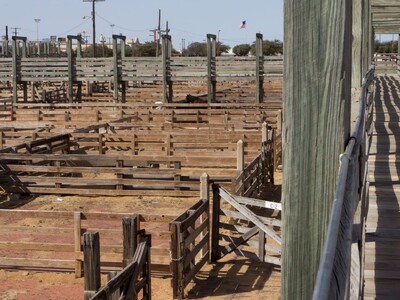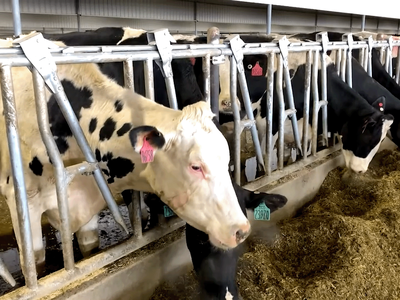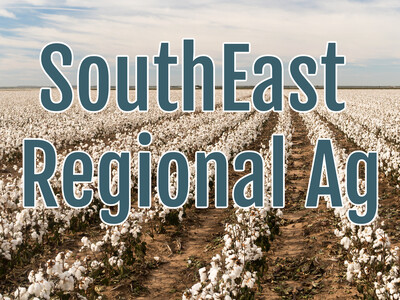BAYER HERBICIDE PROGRAM PART 2
BAYER HERBICIDE PROGRAM PART 2How should growers be planning for a post-emergent herbicide application?
Fields normally take two sprays during the season – one in the fall and another during spring.
The first spray in the fall helps to better control the earlier germinating weeds. Other grasses in the spring will be smaller in size and will give the spring spray a better chance to fight against any resistant weeds.
Growers should follow up in the spring with Osprey® Xtra to help better gain control over tough grassy weeds.
Huskie® is a great tank mix partner with Osprey® Xtra. Compared to other competitor products, Huskie® is much more compatible and safer for crops, as other herbicide mixtures make Osprey® Xtra too hot for crops.
Grassy weeds can get too big if growers do not spray in both the fall and spring.
Growers should also be spraying at least 15 gallons per acre to maximize the performance of their herbicide program.
This is important especially as resistant weeds continue to become a challenge.
How can Bayer PLUS Rewards help plan for a robust herbicide program?
Bayer PLUS Rewards provides growers with a broad portfolio of high-performance crop protection products that help make the most of every acre planted.
RT® 3 Herbicide, Osprey® Xtra and Huskie® are all important products to include in an effective herbicide program and part of the Bayer PLUS Rewards portfolio.
Growers can earn incentives all year round on these eligible purchases.
If growers spray Bayer eligible herbicides, such as RT3® Herbicides, Olympus® Herbicides and Huskie® Herbicides, they can make up to $10 per acre.
To determine which seed variety and seed treatment is best for your operation, it is important to do your research, talk with your local Bayer Cereal Expert or visit CerealExperts.com.
Check with your state pesticide regulatory agency for specific restrictions in your state. Always read and follow label directions.














